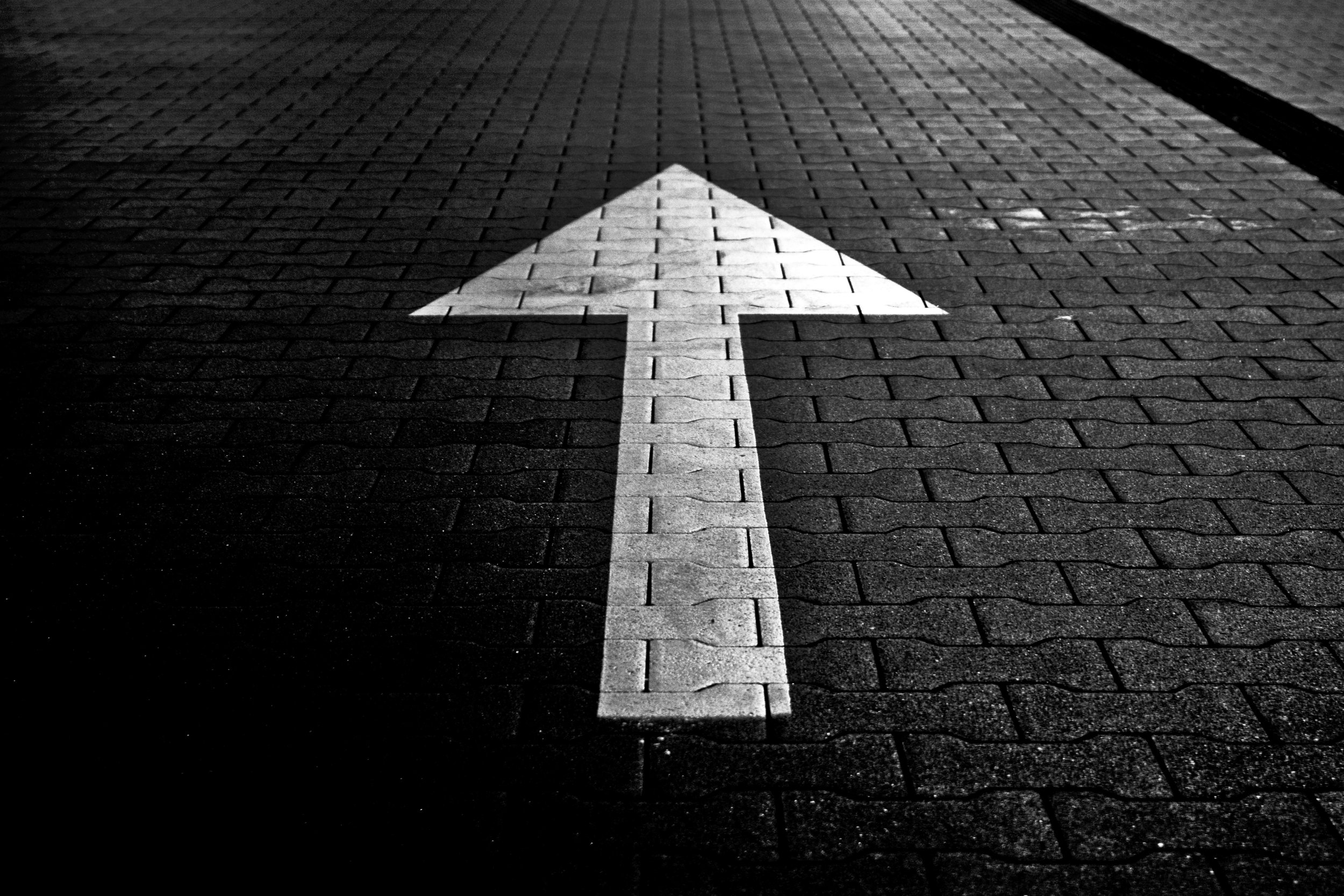Finding Mindfulness
Before wrapping up my blogging adventure at ANA, I would like to share with you a positive experience that I recently gifted myself. As part of my work, I signed up for mindfulness training. The training was offered over a whole day through the CIUSS of l’Estrie-CHUS and was led by a teacher trained in mindfulness meditation, MBSR (Mindfulness-Based Stress Reduction) and a spiritual care facilitator. I was certain that this training would provide me with more tools not only for my professional life but also for my personal life.
I had been wanting to start meditating for a while, in fact it was on my to-do list, but I never took the time to ask myself how to go about it and which approach I should try. The activities of the day showed me different ways of practicing meditation like sitting meditation, body scan, walking mediation and yoga but more importantly they taught me that with practice and perseverance I can apply meditation to my everyday life.
From Jon Kabat-Zinn’s book, Full Catastrophe Living, The systematic cultivation of mindfulness has been called the heart of Buddhist meditation, […] its essence is and always has been universal [and leads to the freedom from suffering. This type of meditation does not seem particularly extraordinary or special but it really is because it is incredibly transformative.] It is a way of looking deeply into oneself in the spirit of self-inquiry and self-understanding. [It is a way of being, not a technique.] All it involves is cultivating our ability to pay attention in the present moment as we suspend our judging, or at least, as we become aware of how much judging is usually going on within us. This ‘work’ involves above all the regular, disciplined cultivation of moment-to-moment awareness or mindfulness – the complete ‘owning’ and ‘inhabiting’ of each moment of your experience, good, bad, or ugly.
When a person leads their life as if it is truly of utmost importance to them, their entourage, their family, the whole of society is included in the process. Meditation is a practice that is at once personal and impersonal, particular and universal. Fundamental attitudes like non-judgment, patience, trust, non-effort and empathy are at the root of mindfulness. I have already discussed some of these concepts in previous blog posts but here is a quick run-down. All humans over the course of their lifetime are exposed to some kind of suffering or hardship they must endure. For example, illness, nobody controls illness like cancer or inflammatory bowel disease, [no one can control their exposure to] traumatic shock. Happily, we do have control over the amount of psychic space illness takes up in our lives. The most essential thing is to work on what we have some power over and practice letting go of those things that we cannot change. I mention this in my article “Our body speaks to us”. Mindfulness implies acceptance because the only power we have is over how we react to events in our lives. Mindfulness is a lifestyle, a way of living. We can decide to pay close attention to a situation’s positive elements which, in turn, can minimize its negative aspects. The main objectives are to be attentive and present, limit stress and anxiety, develop empathy and [in so doing] improve our quality of life. Mindfulness cannot replace medical treatment or surgery but it can contribute greatly to healing. After all, positive thinking attracts all things positive!
In “Here and now” I highlighted that society is more focused on having rather than on being. Notice how much easier it is to compare ourselves to one another by measuring our belongings like our car and our house. But, can we do the same with out personal qualities like our kindness, our love, our patience? We are now living in a performance society. We would like to do a multitude of tasks at the same time. We want to prepare dinner and supervise the children’s homework while checking workday emails and tidying up the house. We put pressure on ourselves to multi-task in order to succeed at life. When we rethink our lives and daily try to apply mindfulness, we realize that we are more effective by being in the present moment.
After all, just think, we are human BE-ings not human DO-ings!
Find out more…
*MBSR programs spread over 8 weeks are available in many areas. Your local hospital, pain clinic, wellness or community centres may offer them.
*For a complete guidebook to complete 8 weeks of MBSR on your own, consult Jon Kabat-Zinn’s Full Catastrophe Living: How to cope with stress, pain and illness using mindfulness meditation.
*Another helpful book for healing by Jon Kabat-Zinn, Coming to our Senses: Healing ourselves and the World through Mindfulness
* Resources for children, by Eric Lacourse, Mission Méditation: Pour des élèves épanouis, calmes et concentrés and by Eline Snell Sitting Still Like a Frog: Mindfulness Exercises for Kids (and their Parents).
* Check out on YouTube: Body Scan by Jon Kabat-Zinn and Yoga Meditation by Gaia
Anne-Marie
NSWOC
Translated from French by Jane Loignon
Brought to you by: Hollister


